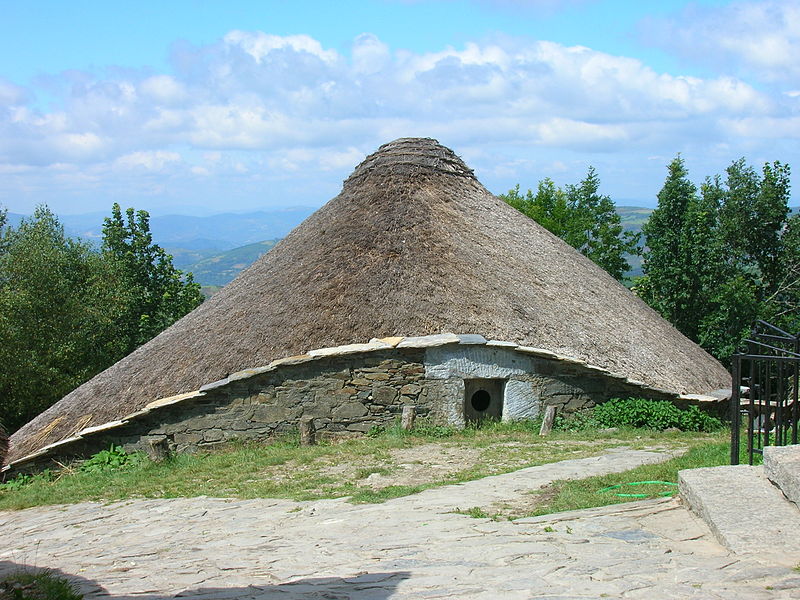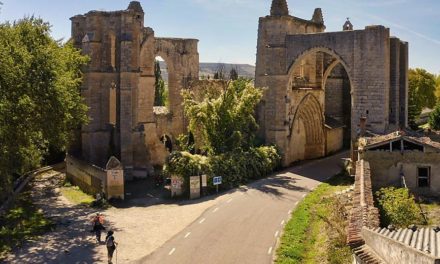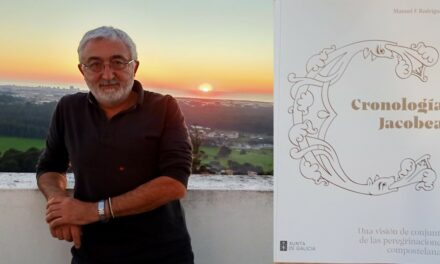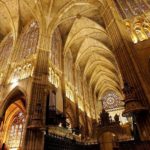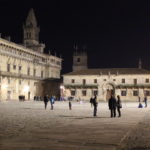The Marian and Jacobean sanctuary of Sta. María do Cebreiro is one of the most important landmarks on the Camino de Santiago. There are few pilgrims who don’t treasure memories of their time in O Cebreiro: the serenity and intimacy of the interior of their church, with more than 1,000 years of history; the vastness of the landscape, with views over inmense areas of valleys and mountains … But also they will not forget its “pallozas”!
The “pallozas” are traditional buildings that remain in some areas of the Spanish northwest, the most famous are those of O Cebreiro, in the French Way. Their main feature is their circular or oval shape. Their size usually ranges between ten and twenty meters in diameter, they have low stone walls and are covered with a thatched conical roof, made of straw and stalks of rye.
Its origin is pre-Roman, presumably Celtic. They would have been part of a similar culture to the one recreated in the Asterix comics, whose villages were composed of similar buildings. Apart from fiction, very similar circular houses have been preserved in Britain, where they have been dated as belonging to the Iron Age.
The name of “palloza” is due to the roof materials and it was given to them only in the late nineteenth century when ethnographers like the German Fritz Krüger visited them.
The “pallozas” were still used as dwellings in many mountain villages such as O Cebreiro until as late as the second half of the twentieth century, the same building being used by both the families and their livestock. In the last decades of the twentieth century modern communications facilitated the arrival of new materials and techniques and the modernization of buildings.
In O Cebreiro pilgrims can visit the interior of some “pallozas”, which were turned into Ethnographic Museum by the government of the Xunta de Galicia.

